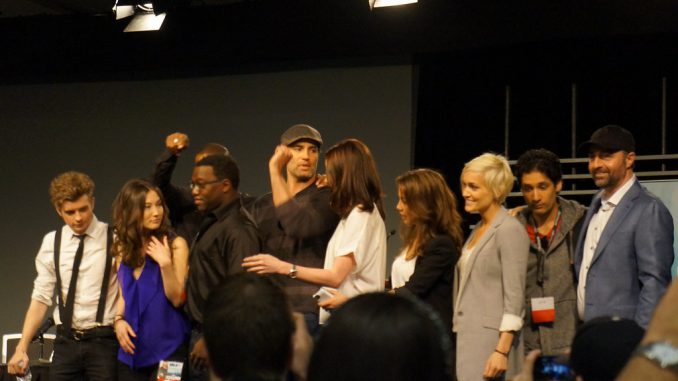
What is it?
This activity is useful for exploring multiple perspectives – these could be values, approaches to solving a problem, or certainty about a given phenomenon. The educator poses a statement or question they know has a continuum of responses and will stimulate engagement with the concepts students are learning – for example, “Government policy has more influence on climate change than individual behaviour” or “Learning outcomes should be specific enough for students to know exactly how to succeed in the module”. Students position themselves along that continuum based on the strength of their convictions. They may be asked to converse with the students in their immediate vicinity, and rearrange themselves accordingly. The educator may then call on students from different parts of the continuum to explain their position with reference to evidence.
Why do it?
Students become aware of the range of views and have the opportunity to debate nuances of opinion without forced polarisation. Another benefit is that students stand and move about, which can revive attention and energy.
How to set it up
- Before the session, develop a closed Agree / Disagree question, or a pair of polar-opposite statements. Make it challenging, engaging, and related to the outcomes for the session.
- On the day, prepare the room and indicate to students where to position themselves according to their response. To avoid students bunching at each ends, it may help to show a picture of the continuum as a line.
- Introduce the activity to students, including purposes and hoped-for benefits. Ask them to be ready to describe the reasons for their position, and reassure them that there are no right or wrong answers.
- Pose the question or statement, and pause to allow students to formulate an opinion.
- Ask students to take a position on the question by arranging themselves in a line, discussing the essence of their position with others nearby to work out the order.
- Emphasise the importance of students arranging themselves in a line rather than non-committal clusters; this constraint brings about the discussions which are key to the learning. Also emphasise that standing at each end represents an absolute position.
- After students are in a line, initiate a plenary discussion. Facilitate by alternating with students from one end, the middle and the other end, asking them to explain their position and encouraging them to respond to each other’s reasons.
See also Facing History and Ourselves.
Considerations
Avoid questions with clear right or wrong answers since the Barometer Walk is supposed to be an exchange rather than a test.
Think hard about how to facilitate sensitive questions where students could be stigmatised for taking a certain position. Such questions may be better answered anonymously, but if you do want to use the Barometer Walk, it’s probably best for experienced students who know each other well. If you are thinking about how to prepare your students for sensitive discussions, one resource which may interest you is ‘Are you ready to talk?‘, a research-informed toolkit from Stanford University.
Before the session, consider whether you need a set of norms or ground rules to keep the interactions constructive and related to learning. For example, “Avoid side conversations during plenary so that everyone can listen and be heard”.
Examples and variations
- This is a variation which includes several questions. In the ‘Inclusive Educational Practice’ workshop at King’s, we give participants short descriptions of a real but anonymised student persona. We then pose a series of Yes/No questions (e.g. ‘Did you know what to expect during Welcome Week?’ and ask them to record their answers, acknowledging that they may need to guess (and this is a starting point of empathy). Finally participants line up and take as many steps forward as they have ‘Yes’ responses – this reveals how advantage can be related to circumstances and background. A discussion follows.
Image source: “Continuum Cast”by themarina is licensed under CC BY-NC-SA 2.0

Leave a Reply